One More Step to Go!
We have also sent a verification link to your email ID:
qabuyer@droom.in
Please verify your email account
The ES 300h may be the entry point to the Lexus range, but at ₹55.27 lakh, it sure isn’t cheap. Imported in fully built form from Japan, the ES 300h is subject to Indian customs duties and taxes. What makes the price pinch is the fact that the ES shares a lot with the Toyota Camry (Toyota owns Lexus). Of the elements common, one is the car’s hybrid powertrain. Lexus is big on hybrids and sees it as a crucial differentiator in India, more so now.
On the outside
Don’t rule out this car as simply a Camry wearing a Lexus badge, the similarities are hidden deep under the skin. On the outside, there’s nothing to link the two cars. The 300h looks like a proper Lexus. The oversized ‘spindle’ grille is typically Lexus. The sharply cut headlights, with arrowhead LED daytime running lights, and the angular fog lamps give it a regal air.
The rest of the car isn’t quite as dramatic looking, but the ES does manage to carry off its 4.9m length with grace. The chunky C-pillar flows neatly to the tail section, the tail-lights with the L-shaped LEDs add a degree of distinction to the rear and it even has a massive boot. Thankfully, Lexus will offer all its cars in India with a standard full-size spare tyre.
On the inside
Drivers will like how the steering rises and seat rolls backwards to allow easy access to their seats - they get back into their pre-set position once you turn the car on. Start the car up and you’ll notice that sound insulation is really good and very little outside noise creeps in. The cabin looks great - The layered-look dashboard is attractive and is characterised by a sweep on the dashboard top, in the region of the centre screen. The classic analogue clock adds in a bit of class too. The dashboard is split horizontally into display areas (instruments cluster and centre screen) and control areas (centre console and steering buttons). Quality is really impressive in most places and good in others, but a European luxury sedan feels slightly more luxurious. The ES 300h directly competes with the BMW 5-series and Volvo S90 after all. Some of the plastics on the centre console look plain and some buttons look like they are from the previous generation. The power window switches and mirror adjust controls are a straight lift from the Camry too.
This car comes fitted with Lexus’ screen-based infotainment system - it’s not a touchscreen but you operate it via controls set near the gear lever. It takes some time getting used to the controller, but it is intuitive to use on the go. The infotainment system does miss out on Apple CarPlay and Android Auto though, and the Indian cars don’t get functional satnav for now. The superb 15-speaker Mark Levinson sound system is great as far as sound quality is concerned.
There’s only one trim on offer and it includes 10 airbags, LED headlights, a sunroof, electric adjust front seats, memory seats and mirrors, electric rear sunblind, three-zone climate control, cooled front seats and a reverse camera. Oddly, the rear seats don’t get a recline feature like the Camry.
Seat comfort is largely good - cushioning on the perforated leather seats is superb - the large front seats are very accommodating. There’s loads of legroom in the back but a longer seat squab would have made the rear seat experience nicer still.
Power Torque
This Lexus uses a hybrid powertrain that has a 160hp, 2.5-litre petrol engine and a 105kw (140hp) electric motor. The combined max power is a decent 205hp. The electric motor draws power from a 245V nickel hydride battery pack positioned behind the rear seats. The car can run in pure electric mode for a brief period too but the all-electric range is limited to a few kilometres and also needs you to be super light on the throttle. It’s when the engine kicks in is when you know you’re in a Lexus. Noise levels remain admirably low at all times, even when you push this car.
Lexus claims this car can hit 100kph in 8.5sec, which is respectable. Acceleration is brisk and the ES picks up pace from all speeds with ease. There are three driving modes – Eco, Normal and Sport. But this isn’t a car you drive hard – its easy-going nature makes it likeable in its own way. But, if you do drive it hard, you’ll find the CVT gearbox makes the engine sound strained, but it’s quite responsive.
From behind the wheel
Also, on a quick run you'll find grip to be good and handling tidy. The reworked steering has more weight and feels far more connected than the Camry’s unit. Ride quality is great - the suspension is really absorbent and works really quietly too. The overall experience is rather plush.
Is it worth the money?
The ES 300h is expensive and will remain so until Lexus starts local assembly some time down the line. Its strengths lie in its relaxing persona, efficient powertrain and that it’s got a degree of novelty that many luxury buyers want from their ₹50 lakh plus cars. Lexus cars are renowned the world over for reliability and a relatively low cost of ownership and these are aspects that count for a lot in India, even high up the pecking order. The company is also promising a much more personalised buying experience. We’ll know how well this car fares when it goes on sale in India soon.
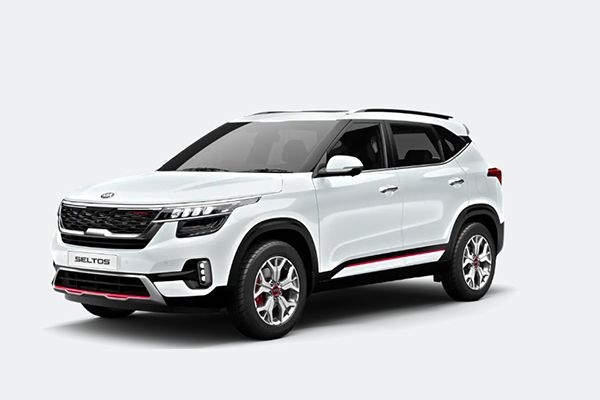
Kia recently unveiled the 2023 Seltos facelift in India, and the bookings for the updated model will start on July 14.
Read More
We drove the Hyundai i20 N Line recently to find out whether it really delivers a sporty experience?
Read More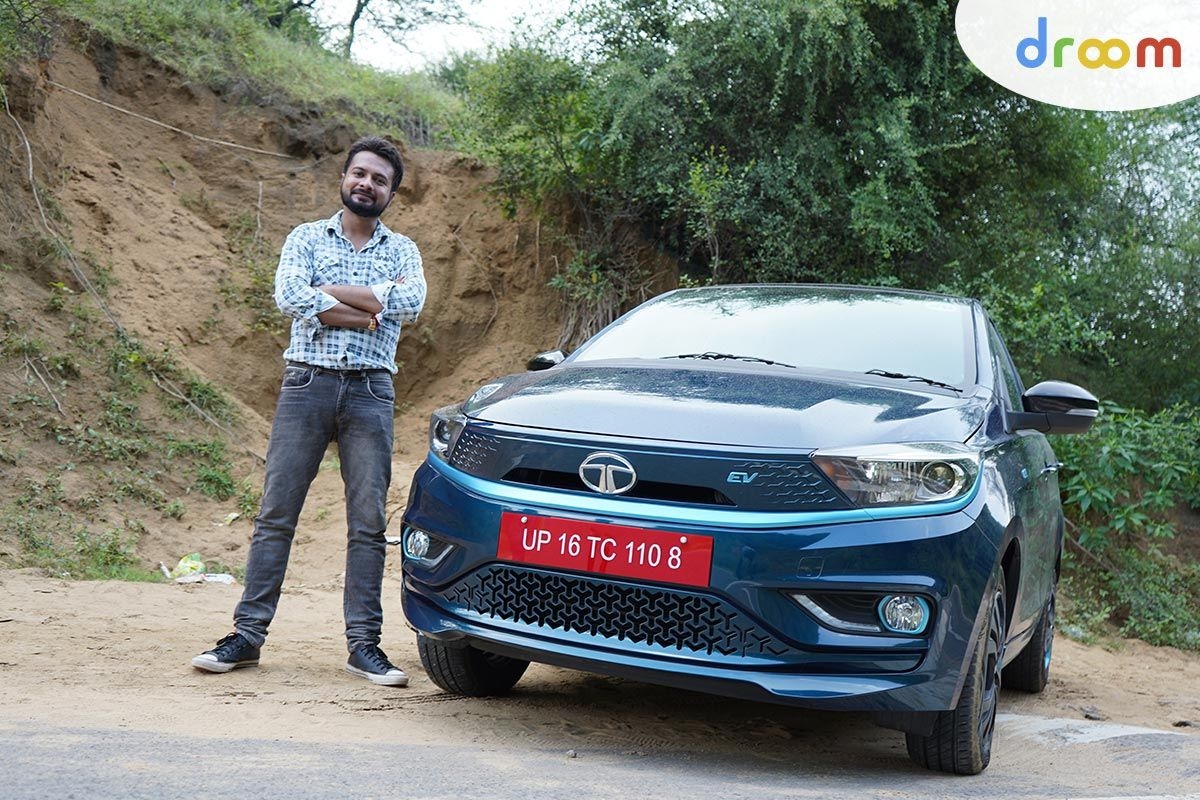
We recently took the Tigor EV out for a spin and we gathered interesting information about it
Read More
Introduced last year at the Delhi Auto Expo, Volkswagen Tiguan All-Space aims to offer more room and an additional row of seats. Can it manage to take away a few chunks from the full-grown SUV pie is what we are here to find?
Read More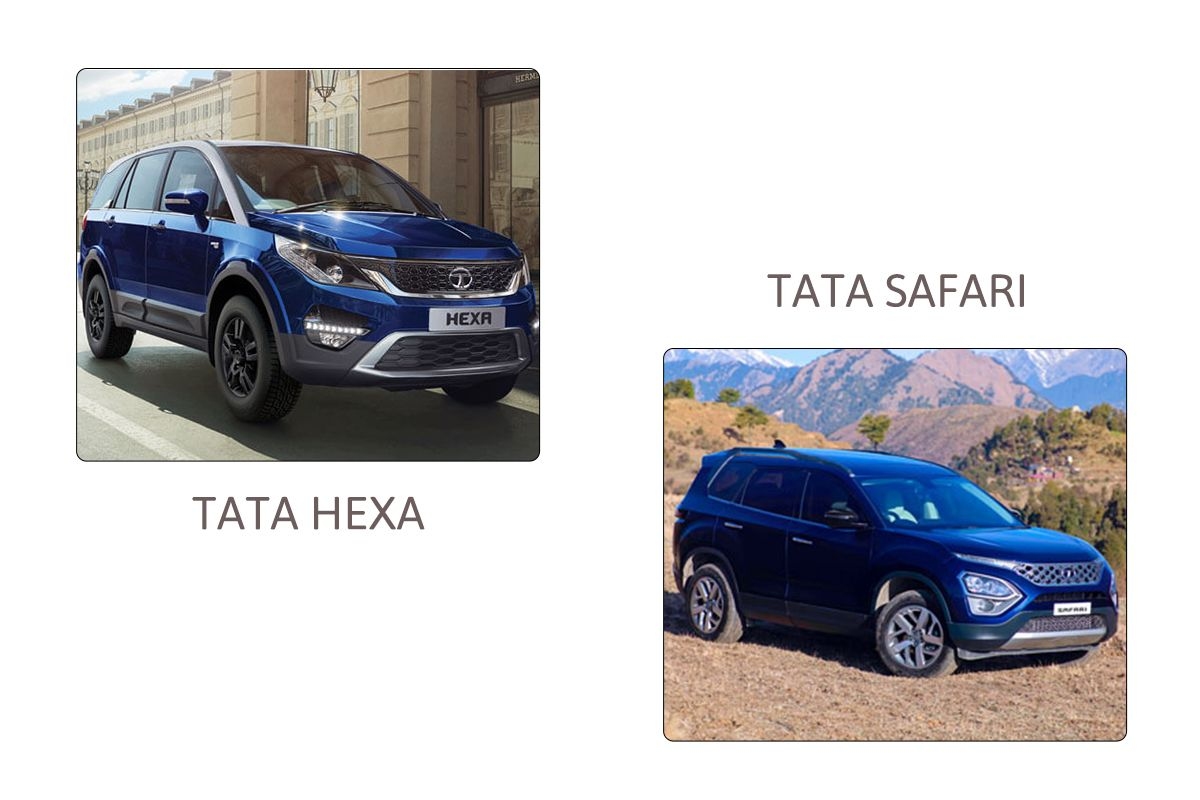
New Tata Safari or Used Tata Hexa: Price, Variants, Features & Engine Specifications
Read More
Toyota Kirloskar Motors last year entered the subcompact SUV space with the Urban Cruiser. What is this new model all about, let us find out?
Read More
Toyota Kirloskar Motors last year entered the subcompact SUV space with the Urban Cruiser. What is this new model all about, let us find out?
Read More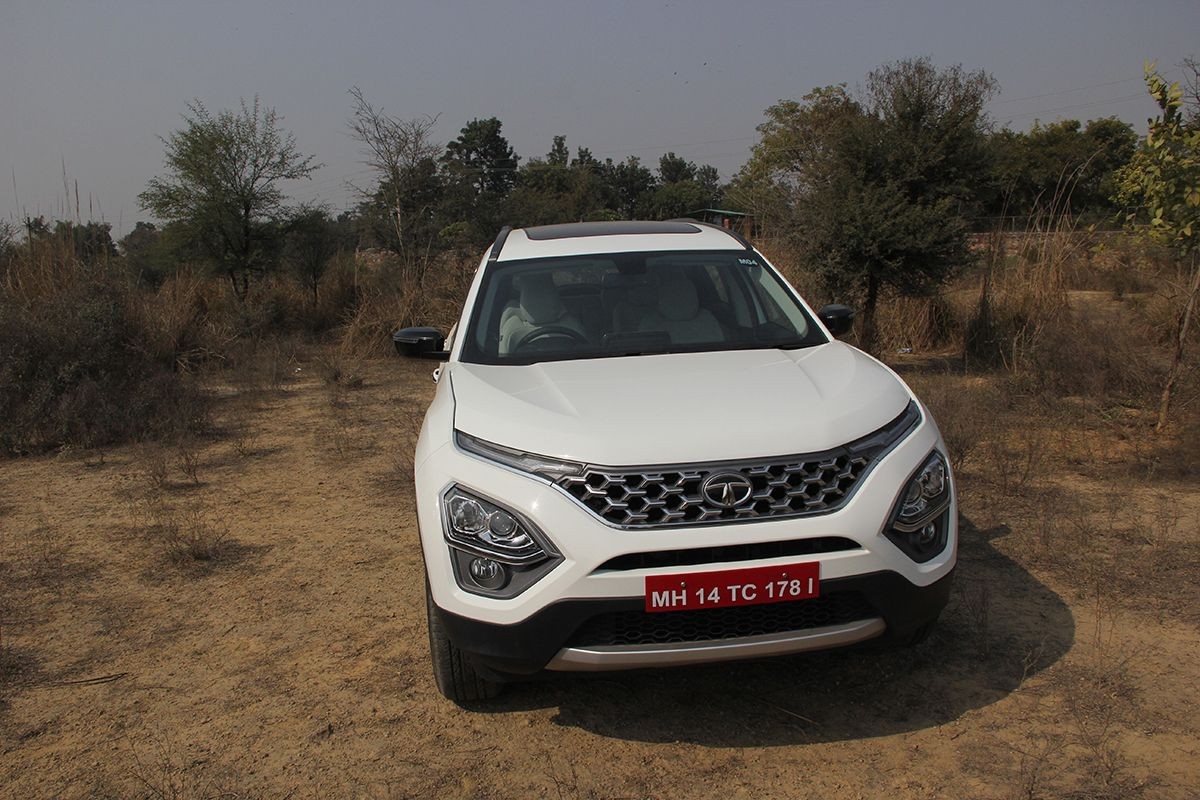
The Safari badge is back - can Tata Motors recreate history by bringing back the iconic SUV? Let us find out.
Read More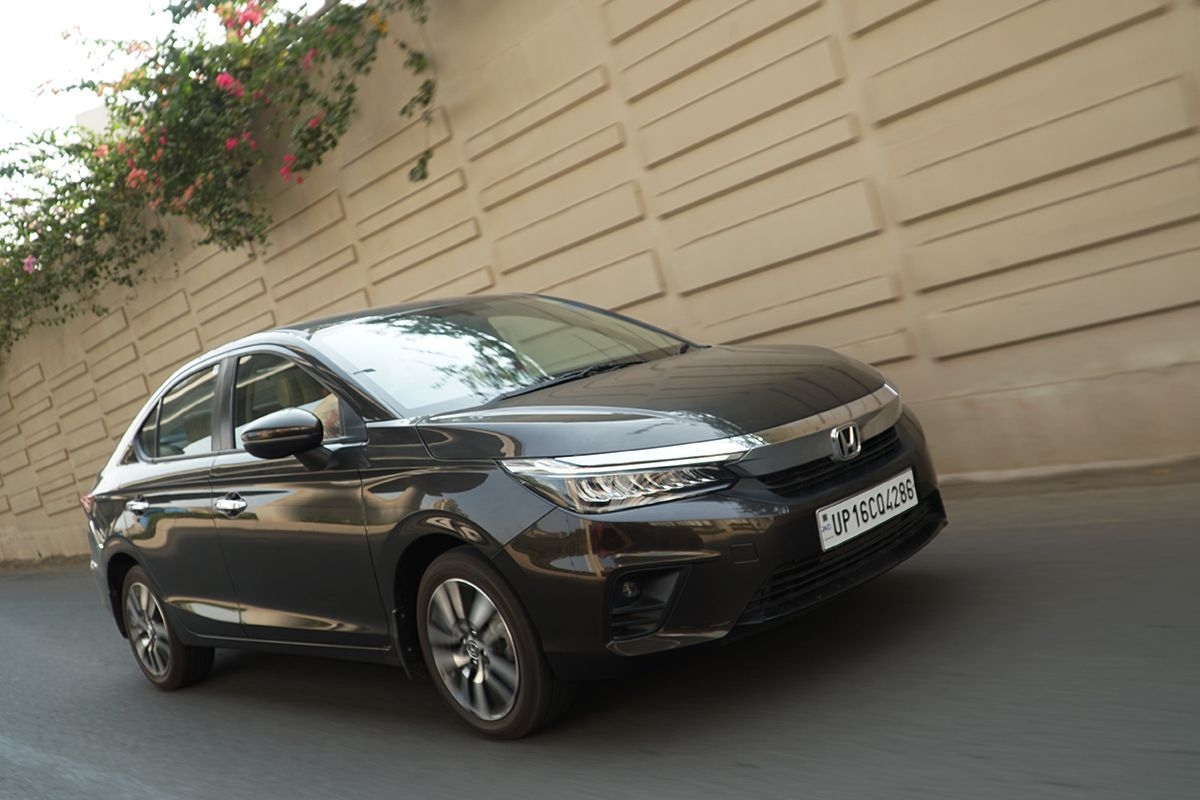
The Honda City, since its inception back in 1998, has enjoyed the popularity like no other mid-size sedan in its segment. With the introduction of the 5th Generation City, can Honda be able to set a higher benchmark for its most beloved sedan we try to find out.
Read More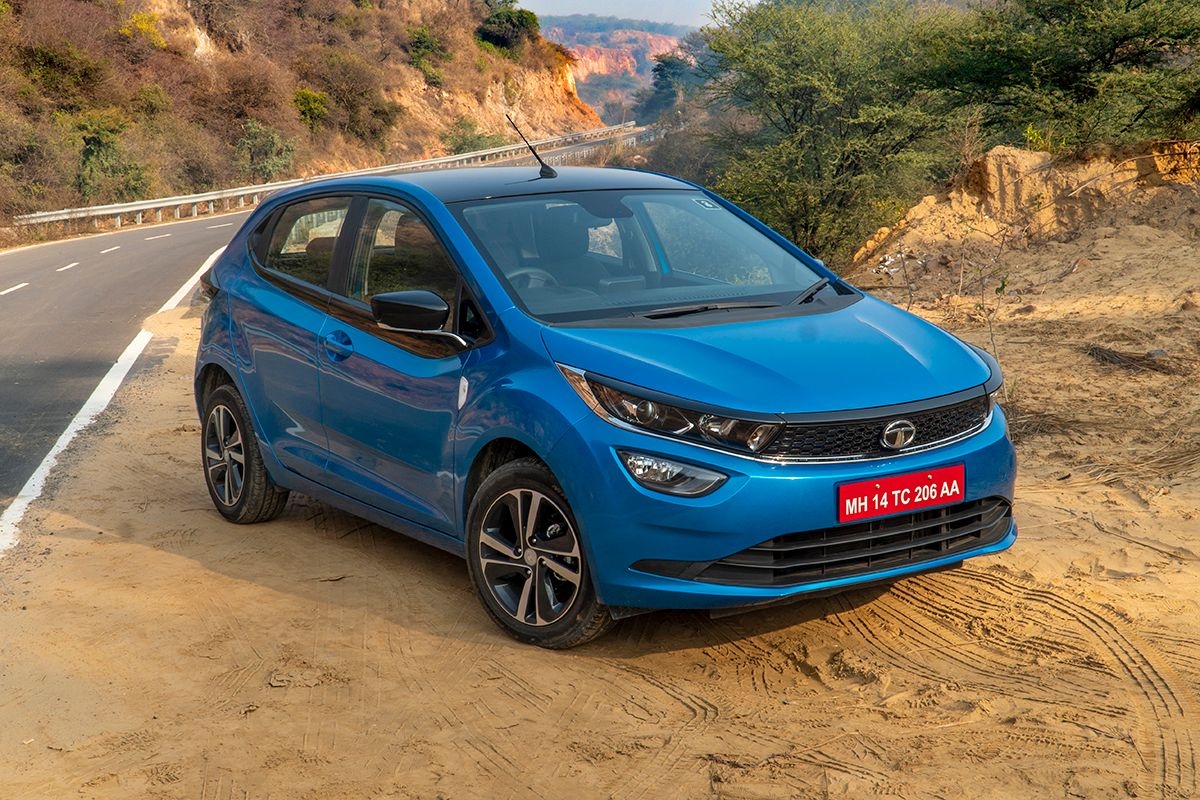
On the eve of its first Anniversary, Tata Motors has given the Altroz a boost in the form of a turbo charged petrol engine. We drive it to find out how much of a thrill does it provide against its rivals.
Read More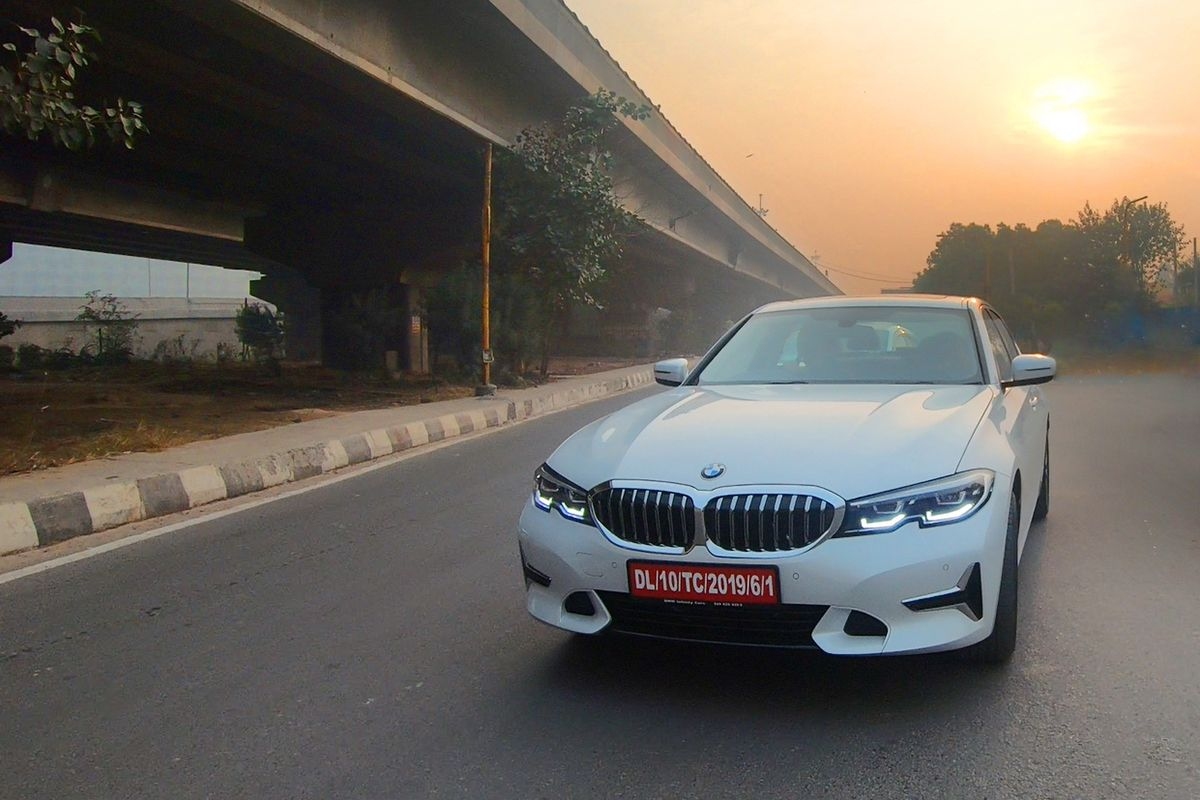
One of the best-selling models for BMW world over, the 3 Series will now offer customers that extra bit of comfort due to its extended wheelbase.
Read More
Jeep had launched the Compass way back in 2017. Since then it has been the best-selling model for the company in India. A couple of days back, Jeep India unveiled the facelifted version of Compass in the country. The SUV made its global debut in November last year.
Read More